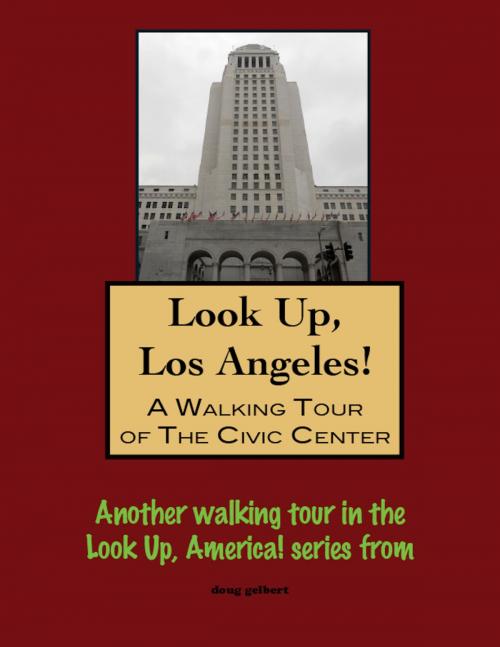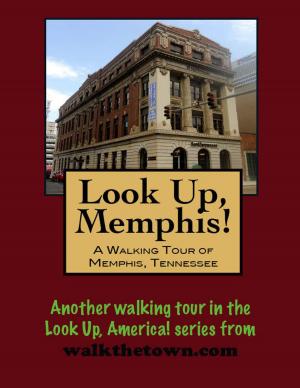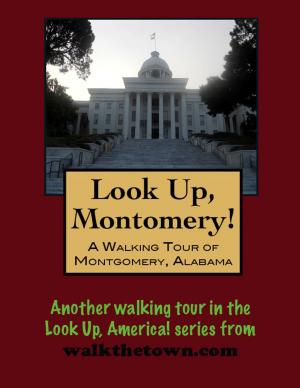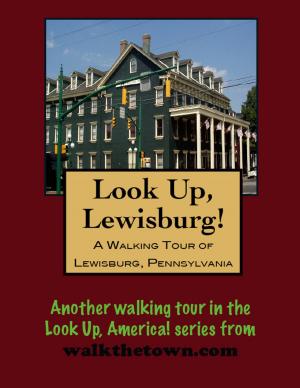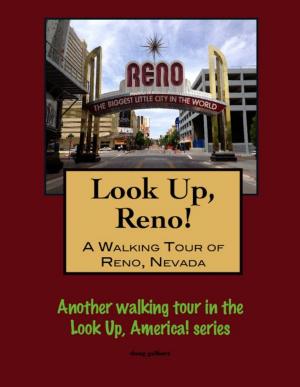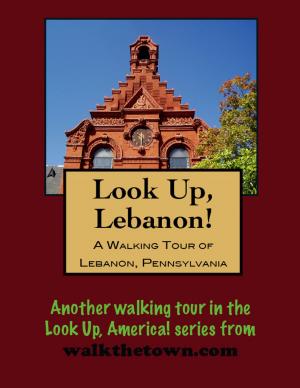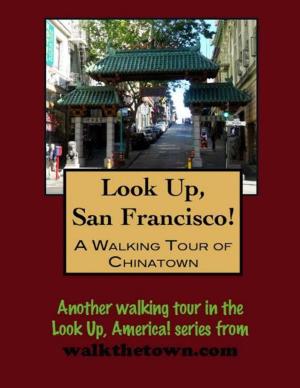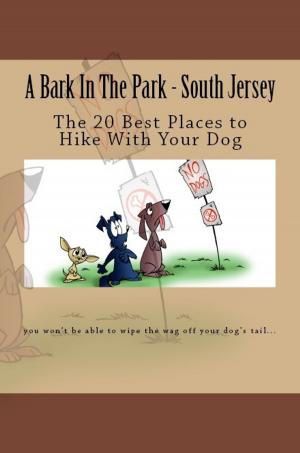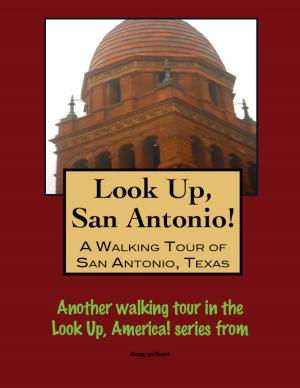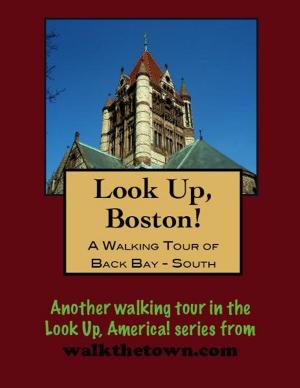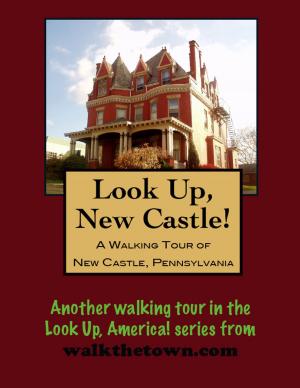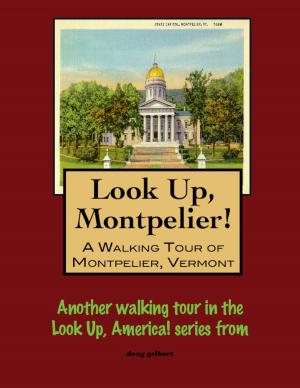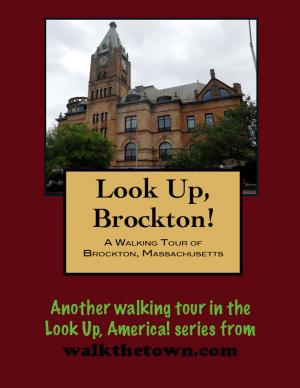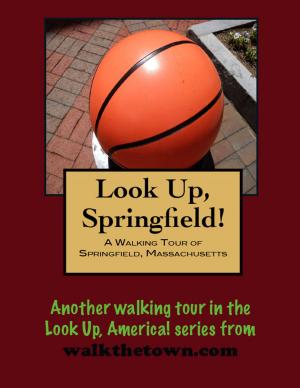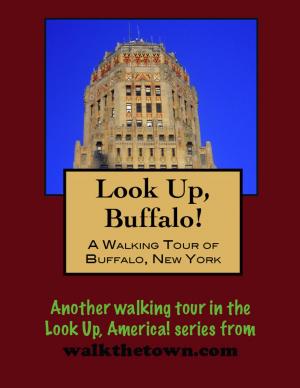| Author: | Doug Gelbert | ISBN: | 9781476148380 |
| Publisher: | Doug Gelbert | Publication: | August 2, 2012 |
| Imprint: | Smashwords Edition | Language: | English |
| Author: | Doug Gelbert |
| ISBN: | 9781476148380 |
| Publisher: | Doug Gelbert |
| Publication: | August 2, 2012 |
| Imprint: | Smashwords Edition |
| Language: | English |
There is no better way to see America than on foot. And there is no better way to appreciate what you are looking at than with a walking tour. Whether you are preparing for a road trip or just out to look at your own town in a new way, a downloadable walking tour is ready to explore when you are.
Each walking tour describes historical and architectural landmarks and provides pictures to help out when those pesky street addresses are missing. Every tour also includes a quick primer on identifying architectural styles seen on American streets.
America’s second largest city began with 11 Spanish families comprising 44 settlers along the banks of the Los Angeles River in 1781. The regular flooding caused the homesteaders’ pueblo to be moved to higher ground nearby but the settlement was little more than a ranch until Spanish Colonial rule ended in 1820. As part of a newly independent Mexico the pace of building of streets and adobe shelters picked up but even after a generation of American immigration beginning in 1848 Los Angeles remained a sleepy agricultural town with dirt streets and a population less than 10,000.
Then the Southern Pacific Railroad arrived in 1876 and oil was discovered in 1892. The population soared to over 100,000 by 1900, half a million by 1920 and a million by 1930. During that time the government needed to manage that kind of growth began to assemble along a ridge just south of the original Los Angeles Pueblo. The Civic Center became the administrative core of city, state, and federal government offices, buildings, and courthouses. Today more government workers can be found here than anywhere in the United States outside of Washington, DC.
Our walking tour of the Civic Center will step a couple blocks west into the cultural heart of downtown and a block north to where the oldest part of Los Angeles can be found preserved in a two-block area but we will begin with the building that is emblazoned on the all the City’s police badges...
There is no better way to see America than on foot. And there is no better way to appreciate what you are looking at than with a walking tour. Whether you are preparing for a road trip or just out to look at your own town in a new way, a downloadable walking tour is ready to explore when you are.
Each walking tour describes historical and architectural landmarks and provides pictures to help out when those pesky street addresses are missing. Every tour also includes a quick primer on identifying architectural styles seen on American streets.
America’s second largest city began with 11 Spanish families comprising 44 settlers along the banks of the Los Angeles River in 1781. The regular flooding caused the homesteaders’ pueblo to be moved to higher ground nearby but the settlement was little more than a ranch until Spanish Colonial rule ended in 1820. As part of a newly independent Mexico the pace of building of streets and adobe shelters picked up but even after a generation of American immigration beginning in 1848 Los Angeles remained a sleepy agricultural town with dirt streets and a population less than 10,000.
Then the Southern Pacific Railroad arrived in 1876 and oil was discovered in 1892. The population soared to over 100,000 by 1900, half a million by 1920 and a million by 1930. During that time the government needed to manage that kind of growth began to assemble along a ridge just south of the original Los Angeles Pueblo. The Civic Center became the administrative core of city, state, and federal government offices, buildings, and courthouses. Today more government workers can be found here than anywhere in the United States outside of Washington, DC.
Our walking tour of the Civic Center will step a couple blocks west into the cultural heart of downtown and a block north to where the oldest part of Los Angeles can be found preserved in a two-block area but we will begin with the building that is emblazoned on the all the City’s police badges...
